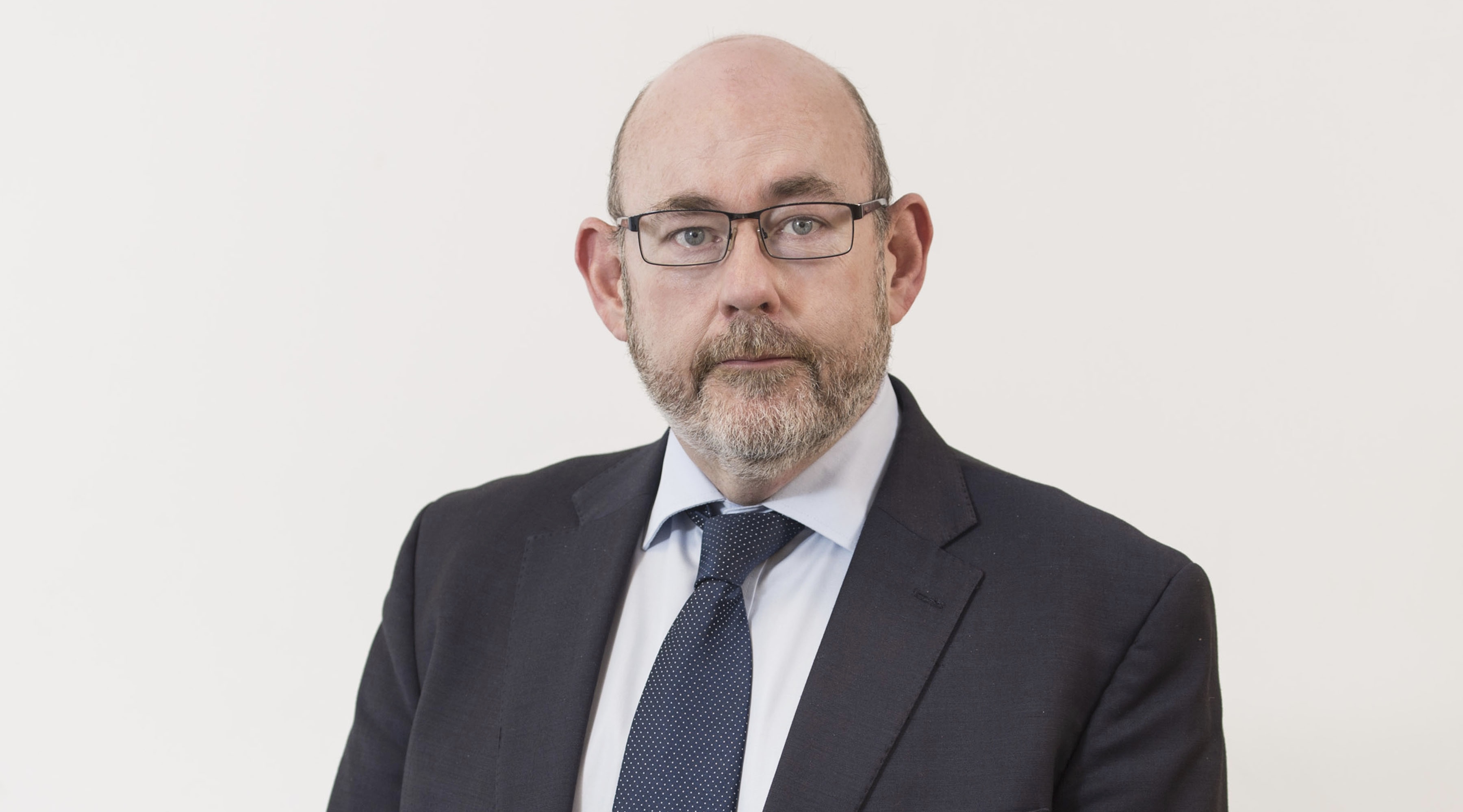
Jim McManus. Image © ADPH
At the time of writing, we expect cuts to services to be part of the package of the Autumn Statement.
At the same time, most local authorities are also facing significant challenges to budgets caused by increased energy prices, the cost-of-living crisis, increases passed on by suppliers and more.
And that’s before we consider the impact of recent governmental turbulence on the cost of borrowing.
Meanwhile, public health directors are also considering the impact of the pay rise for the NHS staff they commission; while the government has given money to the NHS to cover this cost in 2023-24, nothing has been announced for the burden of up to £75m on local authorities.
Tough choices do, of course, have to be made when it comes to finances, but over the last 30 years it seems governments of all hues have made some choices that have ended up costing more.
Charlotte Pickles, director of the think-tank Reform recently analysed a report from health consultancy Carnall Farrar that claimed NHS investment has a clear relationship with economic growth in terms of global value added (GVA).
Not quite, she concluded, making the point that spending on welfare, skills and education, housing, community infrastructure and public health may have a higher return.
She’s right, of course. Good health is a value to the economy; we can’t compete with others if our population is too ill to work, and there is plenty of evidence that public health interventions contribute more in return than clinical interventions.
There is also growing evidence about the value added by other local authority services. And, pace Carnall Farrar, there are ways to improve healthcare productivity that aren’t about putting extra money in.
Multiple analyses since 2014, including a recent trend analysis in healthcare expenditure in England, show that productivity is affected by much more than income.
Indeed, one problem with health economics – and directors of public health have had formal training in this area – is that it does not always consider public services and their value in the round; a pound put in does not always equal a pound of value to UK plc.
The lens afforded by commissioning public health services is, admittedly, very small in terms of quantum. We are typically on the smaller end of council budgets.
But that lens can provide some useful perspectives for local authorities in considering how we advocate for funding policy choices at the national level that recognise the value of what we do.
Firstly, it is helpful to see things in the round. Clinical interventions are by no means the only – or even the greatest – producer of health which stops people needing public services.
Social care and education are also producers of health. Public health budgets on contraception, health visiting and school nurse service outcomes alone demonstrate their GVA.
We should be making decisions based on what provides the greatest value to the long-term sustainability of the UK, and that is irrefutably a healthy workforce with low levels of preventable, disabling ill health.
In many cases, local authority services such as schools, social care and infrastructure come out as the bedrock which make other things such as having an educated workforce or being able to work while also caring, for example, possible.
Cuts have hit hardest in the most deprived areas
How is that truly taken into account in quantitative policy analysis by the government?
The second point is that although public health budgets tend to be just a small proportion of a local authority’s budget, within these services, most directors of public health have had to take out at least a third of our budgets as a result of public health funding cuts from 2015 onwards.
Some public health services, if cut further – or worse still, altogether – carry significant risk to local authorities with knock-on consequences such as drug related deaths or clinical misadventure in sexual health placing an additional strain on public health budgets.
And as Health Foundation economic analysis shows, those cuts have hit hardest in the most deprived areas.
In managing the last round of cuts, many of us developed skills at service redesign, and we have had successes and failures.
To take one high-risk service with 60,000 users a year and move a third of it online without death or serious misadventure is a skill local authorities are using in redesigning larger services.
Public health skills in finding benefit in local system spend can add real value.
The third point is that too often we cut services which, as a result, cost more later.
Factoring in how we avoid policy choices that make cost worse further down the line was something banker Derek Wanless warned us we needed to do in 2002 to avoid a situation where demand for healthcare is so great we simply can’t fund it and it necessarily impacts on economic growth.
Sadly, his prediction has come true.
All is not lost though and public health teams are highly skilled at navigating some of these issues.
However, the government’s policy choice to cut the public health grant from 2015 onwards, where nearly a third of the funding was taken out, has clearly been counterproductive.
The policy choice to cut public health funding has backfired
Just to take a few examples, drug and alcohol and sexual health services can and do save lives (think of avoided drug-related deaths, overdoses reverse by naloxone, hepatitis C infections prevented and cervical cancers detected) and evidence shows they are cheaper than NHS services to resolve the issue.
If you look at alcohol service cuts, we have seen a significant rise in alcohol-related disability needing treatment in hospital – treatment which would have been between 20 and 40 times cheaper to prevent.
Meanwhile, cuts to health visiting and school nursing have resulted in diversion to mental health and the need for more intensive and expensive safeguarding services.
A report published just this week on sexual health funding emphasises this, and shows there is no wriggle room left. More cuts will cause more harm.
In short, the policy choice to cut public health funding has backfired: cuts upstream have resulted in greater cost downstream.
Sadly, in some places the key thing we have cut is, ultimately, the net that stops childrens’ social care, adult social care and the NHS facing significant preventable demand.
It has been a false economy and the biggest lesson is that unless we have a consistent way of valuing public services across the board, integrated in policy across all departments and at every level, we are in danger of making further choices that will also backfire to the detriment of all our health and wellbeing.
Instead, we should be using public health funding and skills to create the most benefit, not to create the least harm from counterproductive cuts.





















